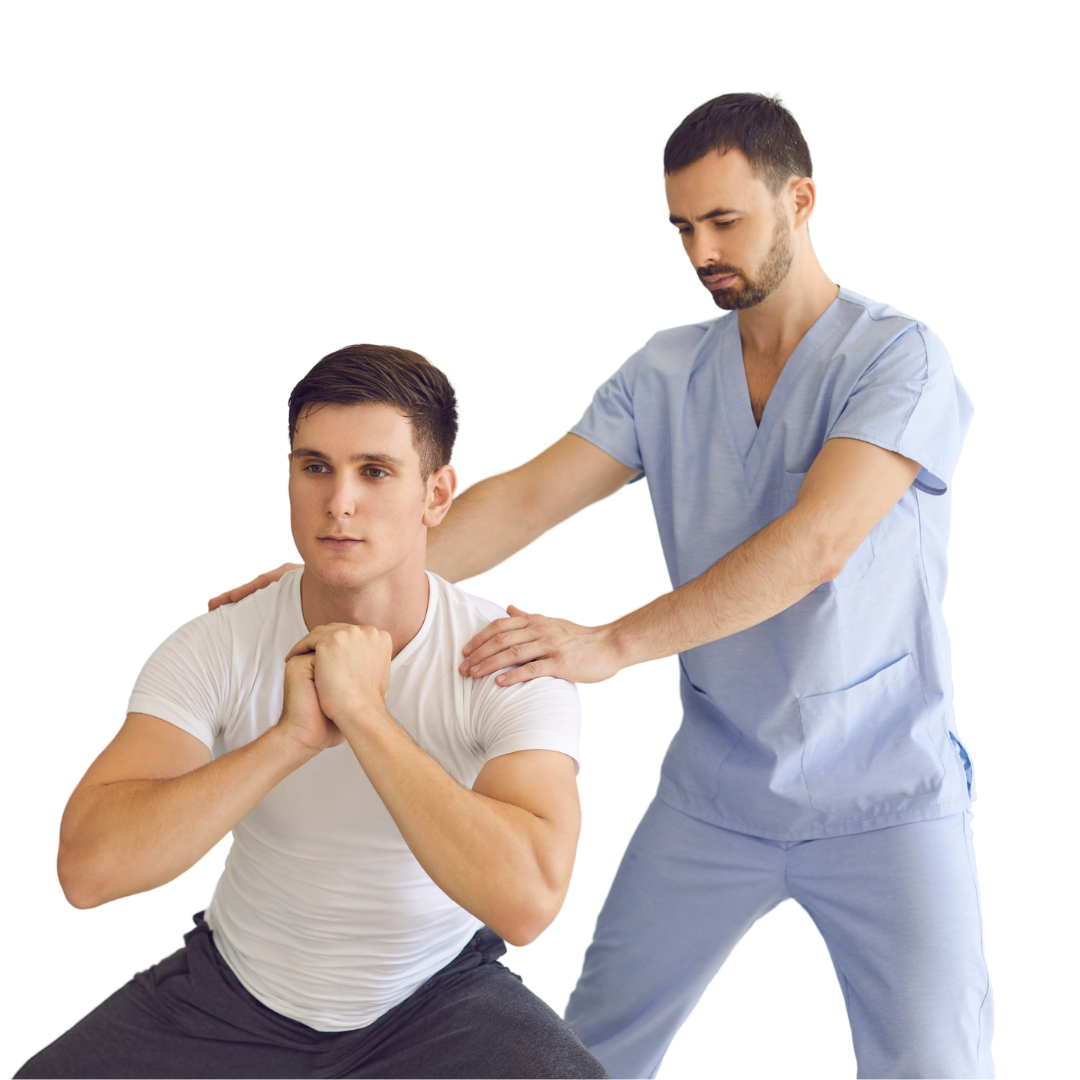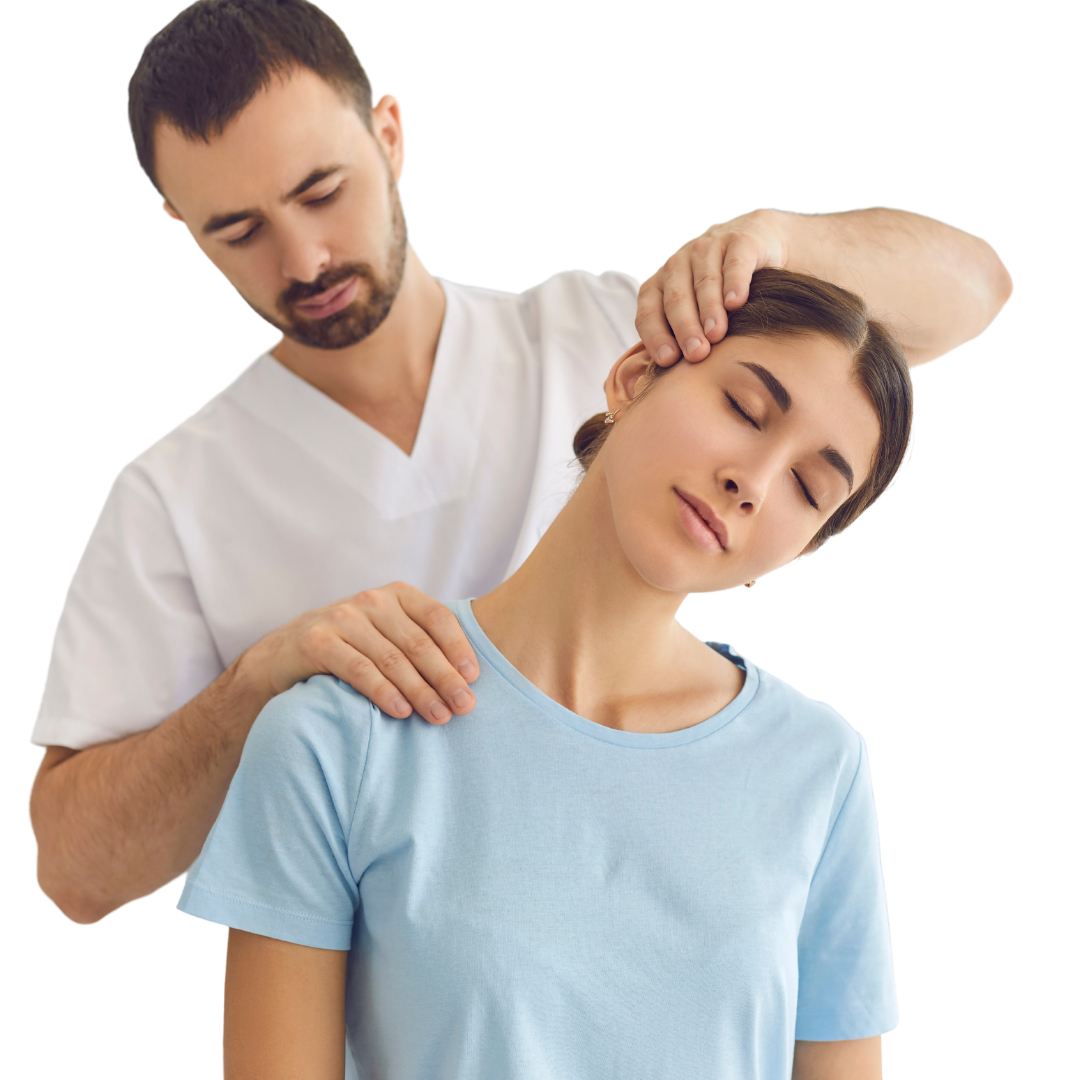
WHAT IS ORTHOPEDIC REHABILITATION?
Orthopedic rehabilitation is a specialized branch of physical therapy that focuses on the treatment and rehabilitation of musculoskeletal conditions, injuries, and surgeries related to the bones, joints, ligaments, tendons, and muscles. It aims to help individuals regain function, mobility, strength, and independence after orthopedic procedures or injuries.
The primary goals of orthopedic rehabilitation include
- Pain management
- Restoring mobility and function
- Strengthening and conditioning
- Post-operative rehabilitation
- Education and self-management
- Return to sport or activity
WHAT YOU NEED TO KNOW
Orthopedic rehabilitation is typically provided by a team of healthcare professionals, including physical therapists, occupational therapists, and orthopedic surgeons. The specific treatment plan and duration of rehabilitation depend on the individual’s condition, the extent of the injury or surgery, and their overall health and goals. The rehabilitation process is often tailored to the individual’s needs and progress, with regular assessments and modifications to the treatment plan as necessary.


HOW WE CAN HELP
Orthopedic rehabilitation treatments encompass a range of interventions and techniques that are tailored to the individual’s specific condition, injury, or surgery. Here are some common treatments and modalities used in orthopedic rehabilitation:
- Therapeutic exercises: Physical therapists develop customized exercise programs to address specific goals, such as improving strength, flexibility, balance, and endurance. These exercises can include range-of-motion exercises, stretching, resistance training, functional movements, and neuromuscular reeducation.
- Manual therapy: Hands-on techniques performed by physical therapists to improve joint mobility, reduce pain, and enhance tissue healing. Manual therapy may include joint mobilization, soft tissue mobilization, massage, and myofascial release.
- Modalities: Various modalities can be used to manage pain, reduce inflammation, and promote tissue healing. Common modalities include:
- Heat therapy: The application of heat to increase blood flow, relax muscles, and reduce pain.
- Cold therapy: The use of cold packs or ice to reduce swelling, inflammation, and pain.
- Electrical stimulation: Application of electrical currents to promote pain relief, muscle re-education, and tissue healing.
- Ultrasound therapy: High-frequency sound waves used to generate heat and promote tissue healing.
- Assistive devices: Orthopedic rehabilitation may involve the use of assistive devices such as crutches, walkers, braces, or splints to provide support, stability, and aid in walking or movement during the recovery process.
- Gait training: This involves analyzing and correcting abnormalities in walking patterns or gait mechanics. Physical therapists work with individuals to improve posture, balance, and coordination during walking or other functional activities.
- Patient education: Education plays a vital role in orthopedic rehabilitation. Individuals are provided with information about their condition, injury prevention strategies, proper body mechanics, and techniques for managing symptoms. Education also includes guidance on home exercise programs, self-care strategies, and lifestyle modifications to support long-term recovery.
- Functional training: Rehabilitation focuses on specific functional activities or movements that are important for the individual’s daily life or return to work or sports. This may include tasks such as lifting, carrying, climbing stairs, or sport-specific movements.
- Progression of activities: Rehabilitation involves gradually increasing the intensity and complexity of activities as the individual progresses. Therapists guide patients through a structured program, ensuring that activities are challenging but within a safe and appropriate range.
HOW WE CARE
Patient Education and Support: General orthopedic specialists educate patients about their condition, treatment options, and self-care strategies. They provide guidance on lifestyle modifications, injury prevention, and ways to maintain musculoskeletal health.


